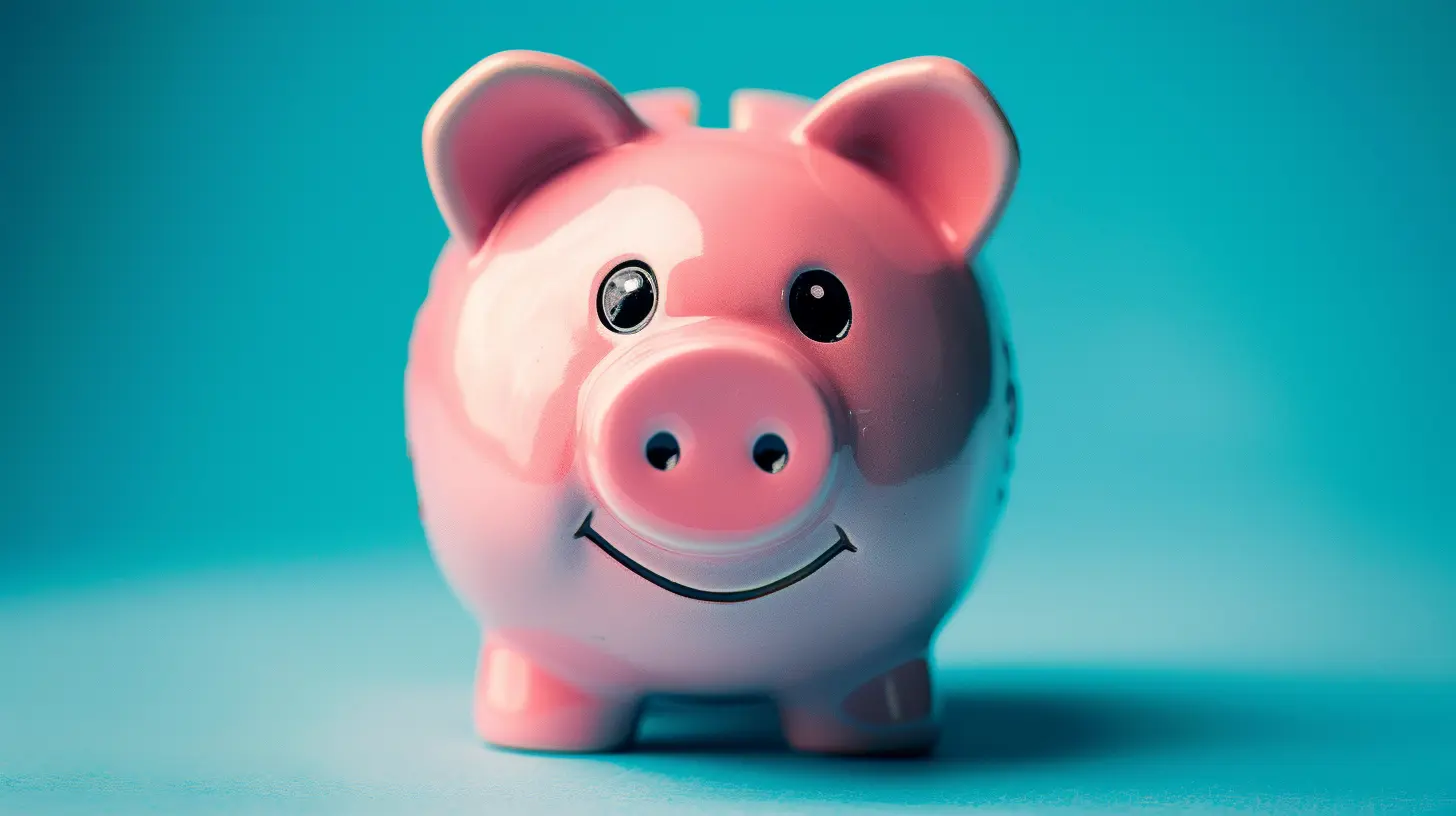The Power of Compounding: How to Maximize Wealth through Goal-Oriented Saving
1 June 2025
If there’s one financial strategy that can turn ordinary savings into a fortune over time, it’s compounding. It’s the closest thing to magic in the world of personal finance—where your money earns money, and then that money earns even more. Sounds pretty great, right?
But here’s the catch: compounding works best when paired with goal-oriented saving. Without a clear target, you might not maximize the full potential of this wealth-building machine. So, let’s break it down—what makes compounding so powerful, and how can you use it to build real wealth? 
📌 What Is Compounding, and Why Does It Matter?
Compounding is when your returns generate more returns over time. It’s a snowball effect—small in the beginning but unstoppable as it grows.Let’s say you invest $1,000 at an annual return of 10%. After the first year, you’d have $1,100. In the second year, instead of earning 10% just on your initial $1,000, you now earn it on $1,100, bringing your total to $1,210. Fast forward 30 years, and that initial $1,000 could grow to over $17,000!
Now imagine if you consistently saved and invested instead of relying on just that one-time deposit. That’s where goal-oriented saving comes into play. 
🎯 The Secret Sauce: Goal-Oriented Saving
Simply saving money is good, but saving with a purpose is powerful. Whether it’s retirement, a home, or financial freedom, a goal gives you direction and motivation.🏆 Step 1: Define Your Financial Goals
Ask yourself:✔️ What am I saving for?
✔️ How much do I need?
✔️ By when do I need it?
For example, if you want $1 million for retirement in 30 years, you’ll need a specific monthly investment plan. Knowing the end target makes it easier to map out the journey. 
💡 The Miracle of Starting Early
Ever heard the phrase, "The best time to start was yesterday. The second best time is today"? That’s especially true for compounding.🚀 Case Study: Starting Early vs. Starting Late
Let’s look at two friends, Jake and Lisa.- Jake starts investing $300/month at age 25 and does this for 30 years.
- Lisa waits until 35 and invests the same $300/month for 20 years instead.
At a 10% return:
- Jake ends up with over $680,000.
- Lisa only has around $226,000.
Even though Lisa invested the same amount monthly, she lost out on hundreds of thousands because she started later. Time is the biggest multiplier! 
🔑 How to Maximize Compounding Through Smart Saving
Now that you understand why starting early and having a goal matters, let's get into how to optimize compounding.📌 1. Automate Your Savings
If you wait until the end of the month to save "what’s left," you'll probably save nothing. Instead:✅ Set up automatic transfers to your investment account
✅ Treat it like a non-negotiable bill
✅ The earlier your money gets invested, the longer it compounds
📌 2. Invest in High-Growth Assets
Savings accounts barely keep up with inflation. If you want serious compounding, look at assets like:✔️ Stocks & Index Funds – Historically, stock markets return around 8-10% annually.
✔️ Real Estate – Rental income + property appreciation? That’s compounding on steroids.
✔️ Bonds & Fixed Deposits – Lower risk, but still better than a savings account.
A well-balanced portfolio ensures you make the most of compounding while managing risk.
📌 3. Reinvest Your Earnings
A big mistake many people make? Withdrawing interest or dividends instead of reinvesting.Imagine you invest in a stock paying 5% dividends annually. If you cash out the dividends, you lose the compounding effect. But if you reinvest them, your money keeps snowballing.
📌 4. Increase Contributions Over Time
If you're only saving $100/month today, that’s fine. But as your income grows, increase your contributions.✔️ Raise it by 10-15% every year to stay ahead of inflation
✔️ Bonus or tax return? Invest it!
✔️ Got a raise? Save a percentage of it before lifestyle inflation kicks in
Small increases make a huge difference in the long run.
📌 5. Avoid Unnecessary Withdrawals
Compounding only works if you give it time. Every time you withdraw, you’re eating into your future gains.Unless it’s an emergency, keep your hands off your investments. Set up a separate emergency fund so you’re not tempted to cash out your long-term savings.
⏳ How Long Does It Take to Become Wealthy with Compounding?
The answer? It depends on three things:1️⃣ How much you invest
2️⃣ How long you let it compound
3️⃣ The rate of return on your investments
💡 A general rule? The longer you let your money sit, the less you have to invest to reach your goal.
🏁 Final Thoughts: The Compound Effect in Action
Compounding is not just about money—this principle applies to all areas of life. The small decisions you make today—whether it’s saving, investing, or learning—will determine your future.Want to retire early? Start now. Want to build generational wealth? Stay consistent.
🚀 The sooner you put compounding to work, the faster your money can grow. Your path to wealth isn’t about luck—it’s about using time and strategy to your advantage.
So, what are you waiting for? Start saving with a goal and let the power of compounding work its magic!
all images in this post were generated using AI tools
Category:
Financial GoalsAuthor:

Angelica Montgomery
Discussion
rate this article
3 comments
Margaret McVicker
Compounding is key to wealth building. Start saving early, set clear financial goals, and regularly contribute to your savings. Even small, consistent amounts can grow significantly over time. Prioritize high-yield accounts to maximize your returns and accelerate your journey to financial independence.
June 15, 2025 at 10:32 AM

Angelica Montgomery
Absolutely! Compounding is indeed essential for wealth building. Consistent saving, even in small amounts, paired with high-yield accounts, can significantly enhance your financial journey. Starting early and setting clear goals are crucial steps toward financial independence.
Zevran McLaughlin
Compounding is key; strategic goals amplify wealth-building potential significantly.
June 15, 2025 at 3:14 AM

Angelica Montgomery
Thank you! You're absolutely right—strategic goals combined with compounding can truly accelerate wealth accumulation.
Kestrel McGonagle
Absolutely loved this article! The concept of compounding is a game-changer for anyone looking to grow their wealth. Setting clear, goal-oriented savings plans can truly make a difference. Can't wait to implement these strategies and watch my savings flourish over time! Keep the insights coming!
June 7, 2025 at 11:21 AM

Angelica Montgomery
Thank you so much for your kind words! I'm thrilled you found the article helpful. Best of luck with your savings journey!



